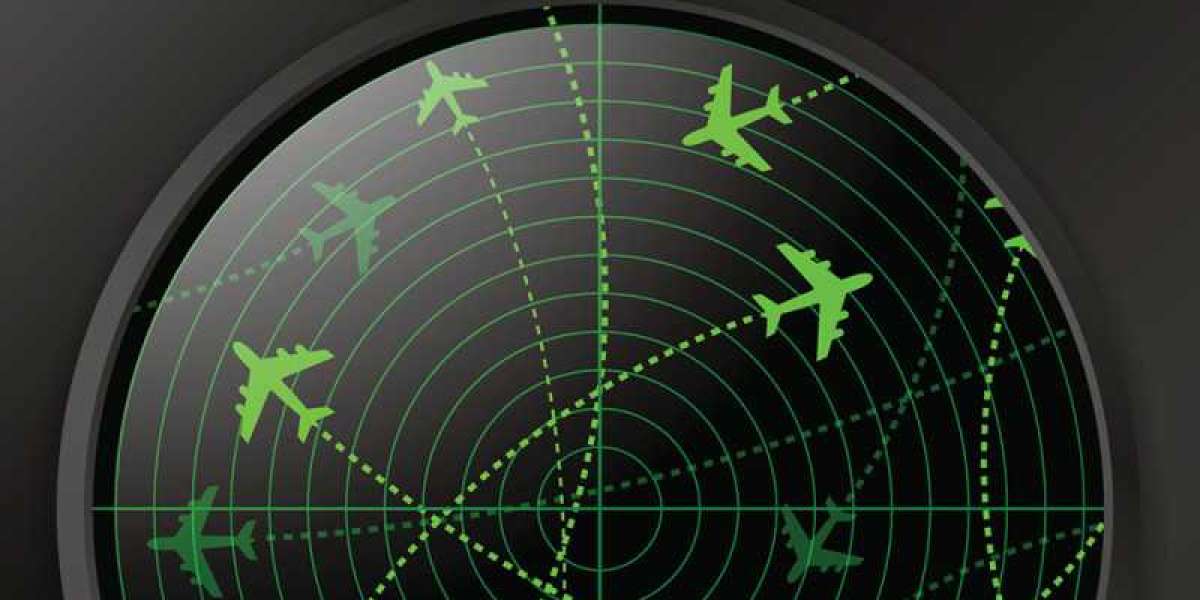Advances in technology are pushing the boundaries of what's possible in flight simulation. With new high-fidelity visual systems and motion platforms, simulators are able to recreate flight conditions with stunning realism. Complex aircraft systems and scenarios can be practiced repeatedly without risk. This enhanced realism and capability for repetition is invaluable for pilot training.
Motion platforms have also come a long way. Modern systems can produce up to 2 g's of acceleration, allowing pilots to feel pitch, roll, and yaw just as they would in flight. Complex maneuvers, stall recoveries, turbulence, and other dynamic situations can be realistically simulated. Well-programmed motion cues the body's senses, facilitating improved handling skills and reaction times. The ability to repeatedly practice emergency scenarios involving unusual attitudes or system failures in a full-motion simulator builds confidence. To complement these advanced simulators, a precise Flight Tracking System ensures real-time data integration, helping pilots better understand flight dynamics and improving training effectiveness.
Get More Insights –Flight Tracking System











